According to a news article in the Guardian, Pre-Covid Spain had been hit by a falling population and empty rural towns. Castilla, Galicia and Leon have more than 3,000 abandoned villages. The owners of the land have disappeared and records of ownership, which would have been patchy at best, are now gone forever. The old have moved to the towns to be nearer to hospitals and their children. The infrastructure of roads and transport that would have served the isolated villages is gone, and many of the roads are impassable. The population prediction for Spain is gloomy, with an expected 50% fall in population by 2100. Other countries in Europe are seeing the same fall in populations and overall an area of land the size of Italy will have been abandoned by 2030.
But there is an upside to this story. Forests that had been cut down for agriculture have grown back, and records for Galicia show that the 1900 forest cover of 8% has grown to 25%. As the villages empty, the farmland returns to nature. France, Italy and Romania have shown even greater reforestation in recent decades.
At the turn of the first century, the forest cover in Spain was much greater, and this re-wilding has reversed a centuries long war against the Spanish woodlands that was brought about by an inoffensive Moorish immigrant.
When Marin ibn Wartajan al-Zenati became leader of a nomadic tribe in the Atlas Mountains of Morocco he gave the tribe his name. From then on, they were called the Marinids. They were nomadic because of the unique breed of sheep that they kept required to be moved between the high summer pastures in the mountains and the winter pastures in the river valleys. With the arrival of the Arabs in the 11th and 12th centuries, the Marinids moved to the north-west of present-day Algeria, before migrating en-masse into Morocco at the beginning of the 13th century, where they began to challenge the ruling Almohads for dominance.
When the Marinids, now led by Abu Yusuf Yaqub, had subdued the last of the Almohad outpost of Marrakech, they turned their attention on al-Andaluz. Abu crossed the straits, took control of the isolated Almohad taifas in al-Andaluz, and formed an alliance with the Nazrids to defend and enlarge Muslim controlled parts of Iberia. When they invaded, the Merini farmers who followed the warriors brought their sheep with them and, of course, this novel animal to Spain was called the Merino.
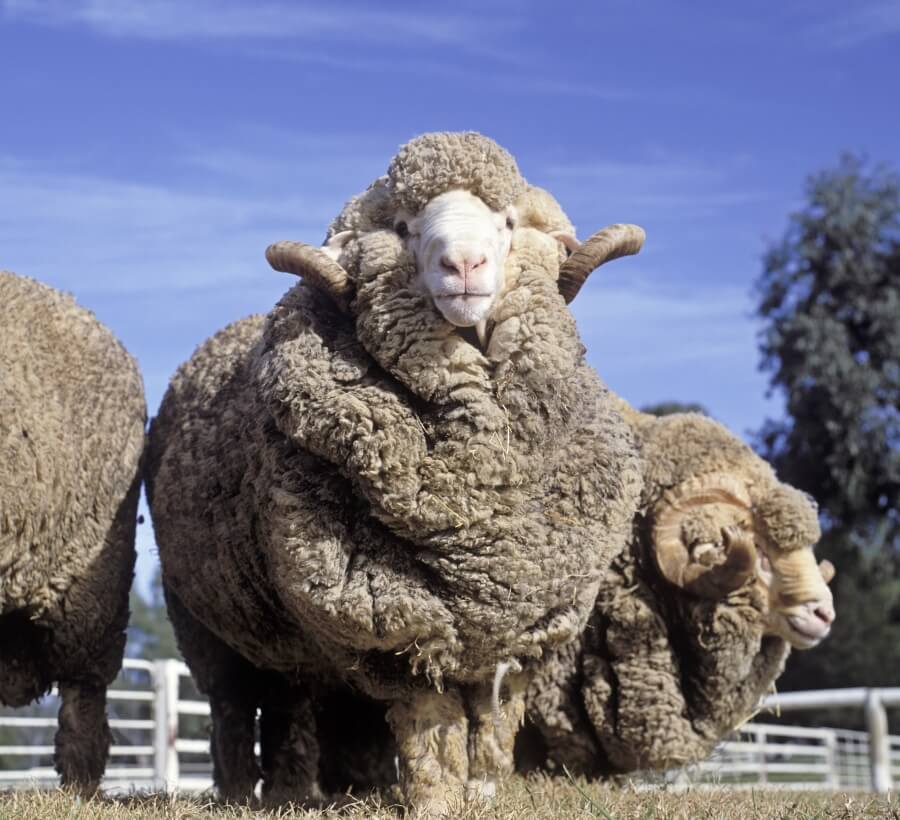 Photo: Shutterstock.
Photo: Shutterstock.
The reconquest raged back and forth, and eventually the Moors were driven out of most of Spain. But Christian farmers liked the Merino’s fine wool, so they adopted it, as well as the same nomadic existence as the Berbers had lived in Africa.
In 1273 King Alfonso X created the Mesta, which was an association for sheep farmers. At first sight this seems to be a trivial innovation, but it came at a time when the traditional dominance of the English woollen trade had slumped. By coordinating the efforts of the nomadic Castilian pastors, Alfonso rejuvenated exports of Castilian wool to all Europe, and this vital clothing commodity became his kingdom’s biggest export, earning it the name of “oro blanco.” Flax had been the commonest fibre for clothmaking until then, but wool proved to be a much warmer and more versatile replacement. The long fibres could be spun into fine threads that, when woven, gave a closer weave, which to a certain extent, gave a more waterproof cloth. It was also much less coarse when worn against the skin.
Alfonso was a very clever king, and he was well aware that for every bale of wool that was exported, he received a tax payment. Organising the shepherds into a co-op would ultimately be to his benefit. By 1476, Queen Isabel and her husband King Ferdinand were the owners of extensive flocks of their own Merinos, and Isabel was made Grand Master of the Mesta. Fifty years later, there were three and a half million Merinos in Spain.
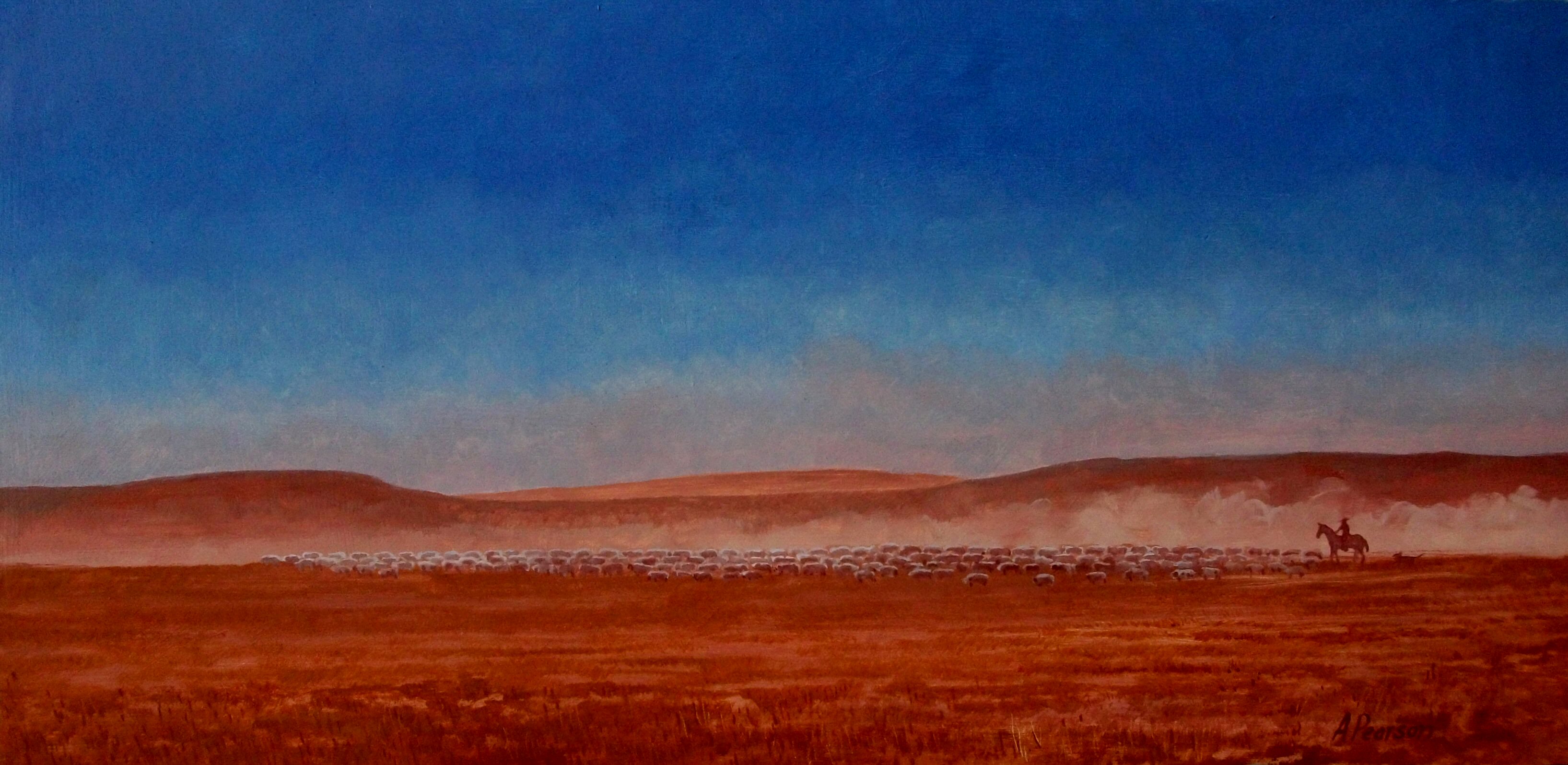
Painting: Pastoral, Alan Pearson. alanpearson.pixels.com
The problem was that the highland summer pastures in Spain were 500 miles from the lowland pastures. This meant a twice yearly trek for the shepherds, and it was important that the huge flocks of sheep had good grass to graze on during their month-long journey. By 1500’s, the Moors were gone from Spain, and the southern pastures of Andalucia were opened to summer grazing for the Merinos . The bi-annual migrations now involved huge numbers of sheep, and they followed well-known tracks of cleared land called cañadas so that the sheep had enough to eat on their trek. As the flocks became bigger the cañadas s were widened and forests were cut back to clear more land. The cañadas s grew to be a hundred meters wide, and farms on either side of the tracks were forbidden to fence their lands so that the sheep could graze. The Mesta, now controlled by the crown, requisitioned more land for the cañadas and for the Merino’s summer pastures in the mountains. Any farmer who refused to give his land faced the death penalty. The forests were cleared and the cañadas ran like a ribbon down half the length of Spain. In the lowlands, the shepherds were given permission to cut the young shoots of the trees and feed them to the sheep, preventing further growth, and by the middle of the sixteenth century much of the forests that covered central Spain was gone. Over large areas the land was treeless, and winter storm erosion removed the topsoil leaving rocky barren hillsides. The agriculture of Spain has not recovered to this day.
Modern Spain’s human populations may be falling, but wild animal populations are increasing. Populations of wild boar and roe deer have risen steeply, which means that the large carnivorous predators that feed on them are on the increase, too, and in Galicia’s case, the brown bear has been seen again after an absence of 150 years.
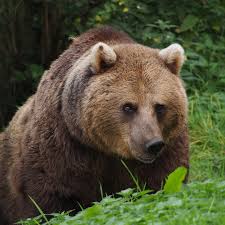 Brown Bear, Photo: Wiki.
Brown Bear, Photo: Wiki.
Spain in general has seen the resurgence of the Iberian wolf, and although wolf hunting has been banned throughout southern Spain, the wolf population there is practically nonexistent. Recently, the ban has been extended to the north-west, where there is a significant population of between 2000 and 2500 wolves in 290 packs. This is the largest wolf population in Europe, but in the mid-nineteenth century it numbered as many as 9,000.
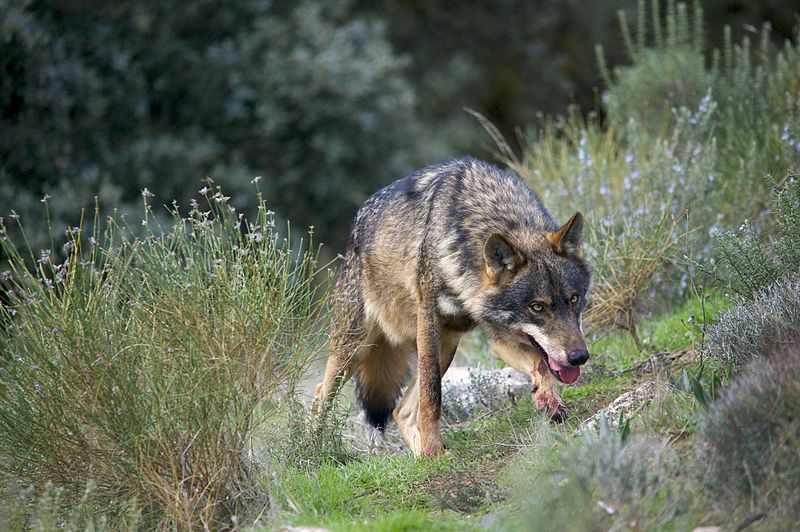
Photo: Aturo de Frias Marques
A program of culling reduced the number to 400 and confined their population to Castilla and León, but the deliberate poisoning of wolves was banned in the 1970’s and since then their numbers have risen dramatically. When the ban was lifted, only Castilla and León, Asturias and Cantabria objected. In these areas the annual loss of livestock to wolves is now around 15,000 animals at a cost of 5.5 million euros. At the moment there is unrest about lifting the ban, but not all the farmers are against it.
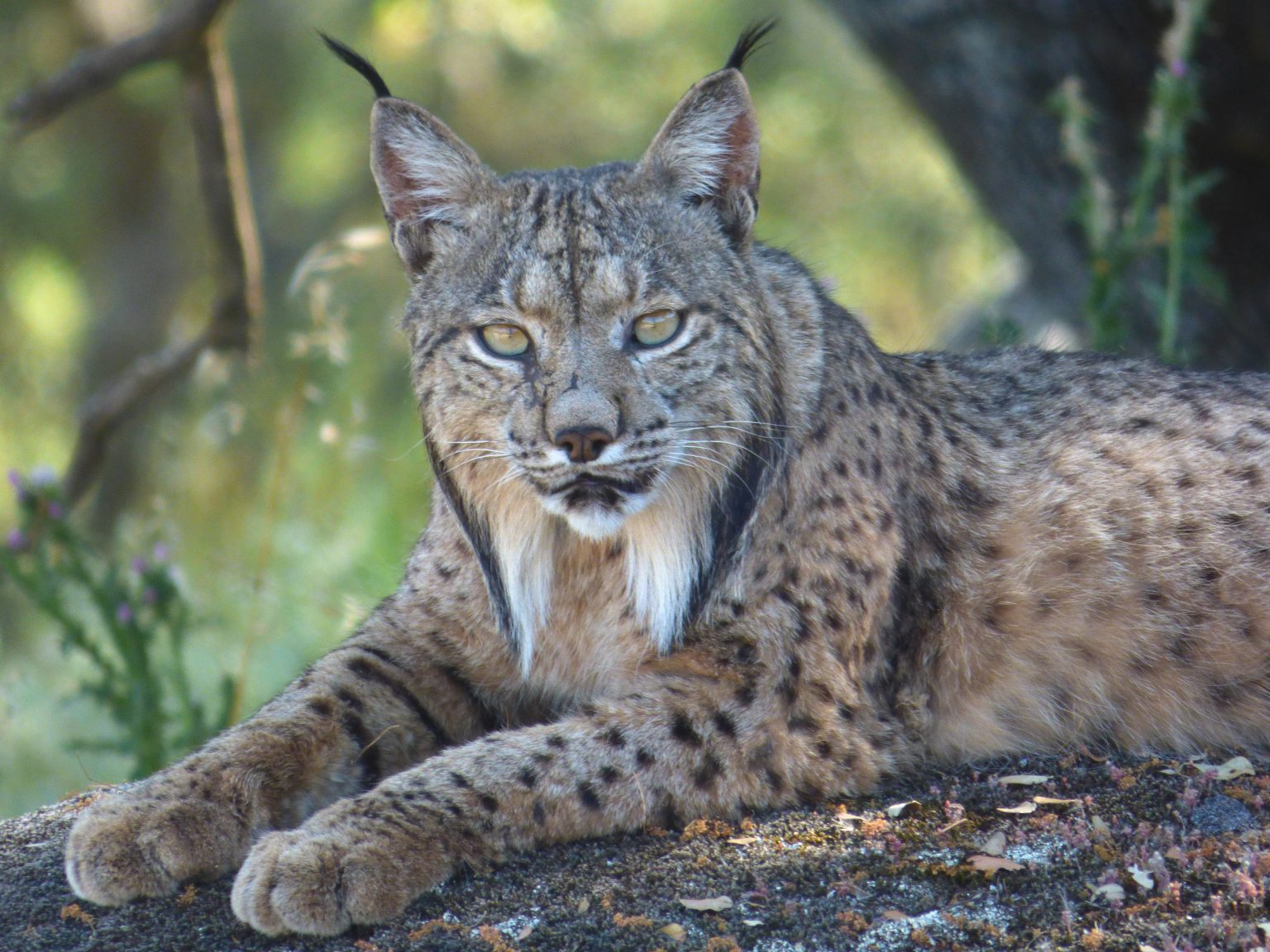
The lynx and wolverine populations have shown similar rises.
Even though the Lynx rarely makes headlines, a mention in the television series “Seven Worlds, One Planet,” brought it to the attention of 7 million viewers. The Lynx is at the top of the food chain as a carnivore, and as such has no predators to worry about, but it has been suffering losses because of road traffic incidences, with 35 of the cats being killed in 2019. The region has an estimated population of 830 Lynx, and has a healthy growth rate to replace the losses, but conservation groups have organised the building of culverts and ecoducts which allow lynx to pass underneath busy highways that cross their territories with signs posted along the roadsides to alert drivers to their presence.
The Covid pandemic can only have increased the number of people abandoning the country as unemployment in general and the collapse of rural agriculture will accelerate the amount of land abandoned to nature again. What has been a bad year for humans could turn out to be a good year for Spain’s wild animals.